USS Arizona Rebuilding
USS Arizona still leaks fuel oil in a steady blobby rain, called by some the Black Tears of the 
Iconic as the image that symbolises that “day of infamy” USS Arizona now lies just below the surface of the harbour. As a visitor you can spend some time looking at the hull shadowed in the water, and be startled by the wall of names that remember the hundreds of men who perished in her. Many from the same families - see how fathers, sons and uncles all vanished together. An assignment policy the US Navy overturned as a result of this disaster.
That wall of names was a revelation for me one hot
He had the good sense to keep the brief simple. He said they were here to grieve, to express their regret. And suggested I walk up to the wall and see what was happening up there. He added that his grandfather was killed on 7 December 1941 but that he wished his grandfather could see what was happening here today. Then signalled with his chin for me to make my way through the crowd to the wall of names. Perhaps he sensed my agitation. Or heard the indignation in my voice.
I paused for a moment, caught in a crowd and noticed for the first time the serious stripping of garlands and the tossing of flowers onto the water from the edge of the memorial and through a hole in the floor. Everyone was doing it. I was the exception. All were sober. All were silent. The slap of the water on the barely visible turret housing, and on the memorial pylons was all that could be heard.
Finally making my way to the wall of names I was confronted by a wall of flowers and a veil of tears. The flowers were heaped up over a plinth that is located in front of the wall, and over the rope that keeps visitors away form the wall. The tears coursed in silence down the faces of elderly Japanese who stood stiffly at attention. Before they bowed gently and about turned and made way for others. Here was a very different perspective altogether and my about-face was total and instant. In humbled shock I could not tear myself away.
Nor could one old Japanese gentleman who was bowed from the waist, at complete right angles. His tears splashed on the deck. But there was no sound. With a tight timetable of tenders coming and going with visitors a Parks officer had to gently help him away from the wall and back to the boat. I followed, the last to leave. As I did the Parks Officer who had suggested I see what was happening at the wall nodded to me. “Those Japanese who visit this place are usually more sorry about what happened here than we are” he said. Words that rang in my ears. The return trip, only 20 minutes or so since my outward leg, carried a very sobered and humbled me. These people had taught me a lesson about humanity that I hope I don’t forget.
It was certainly all brought to mind with this photo in the weekend paper of Zenji Abe, former Japanese pilot who was one man whose bombs struck the USS Arizona in 1941. His posture suggests to me the same regret I saw the day I visited the memorial. See his hand touch the names. And see the names below – was that a Johnson family who lost four men in one fell disaster?
Some of the great things that have come out of conflict have been the powerful reconciliations forged afterwards. We are capable of so much which is corrupt. But capable of so much compassion as well. It’s a shame the latter is often most profound when it is born out of the former.


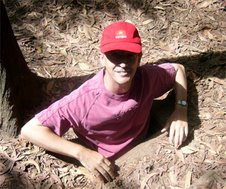


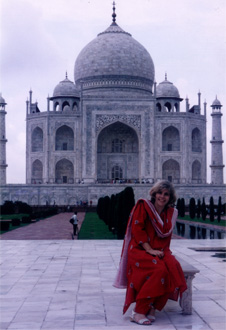





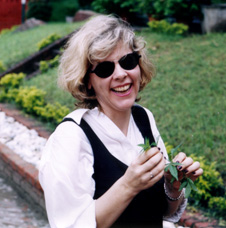
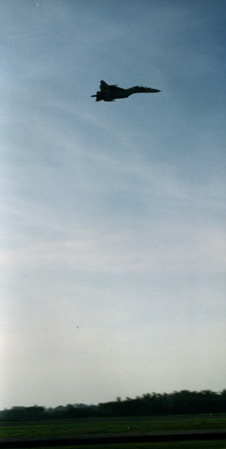
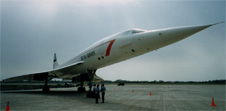


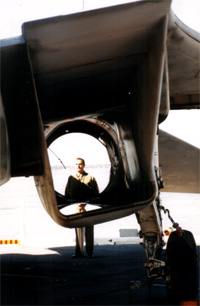



1 comment:
Very moving.
Post a Comment